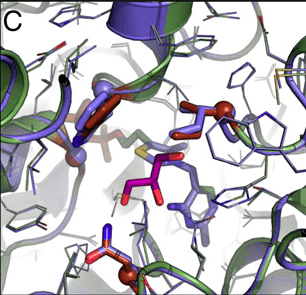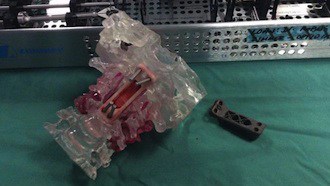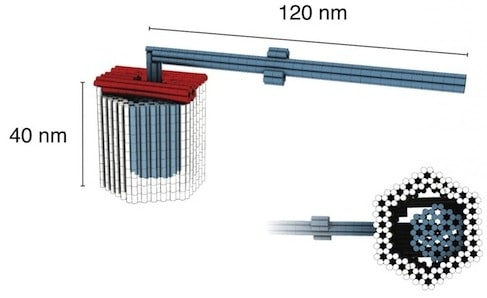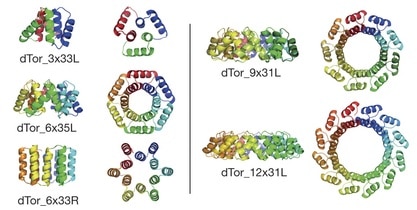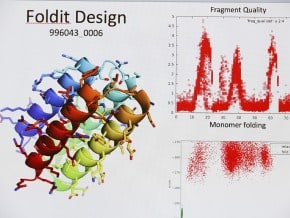Computational design of an enzyme that carboligates three one-carbon molecules to form one three-carbon molecule, an activity that does not exist in nature, provides proof-of-principle for a novel metabolic pathway for carbon fixation.
Protein design provides a novel metabolic path for carbon fixation
